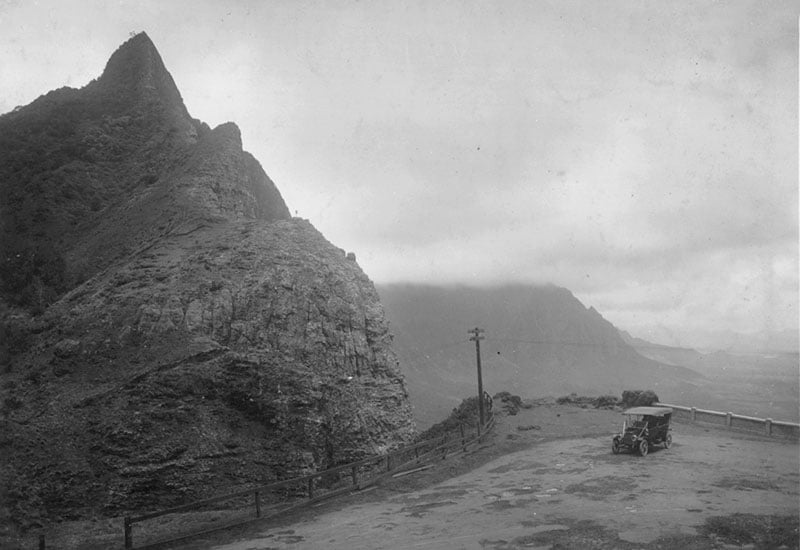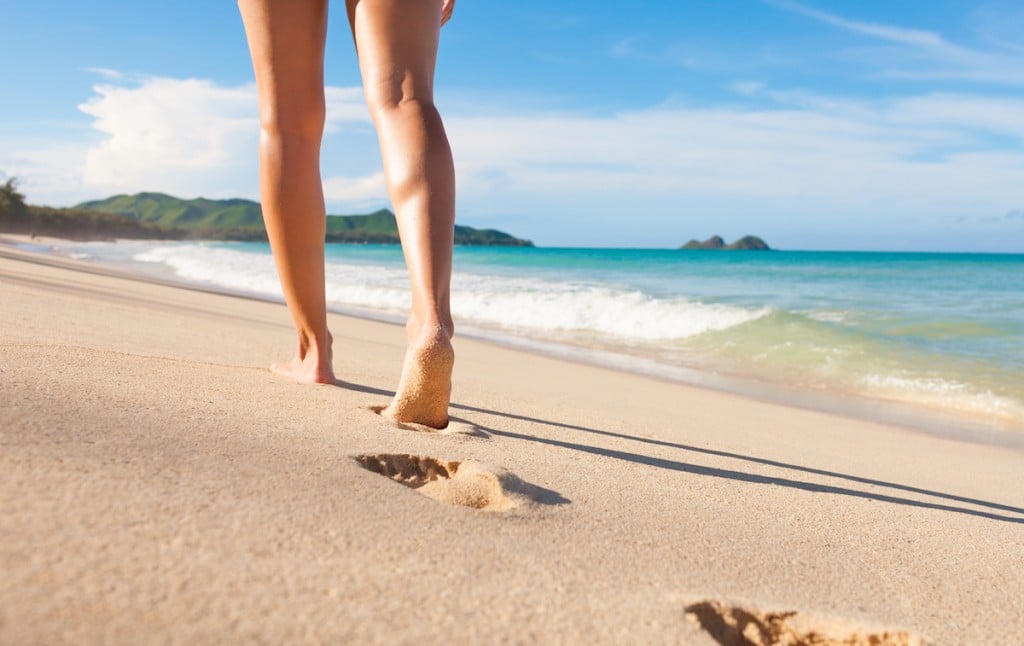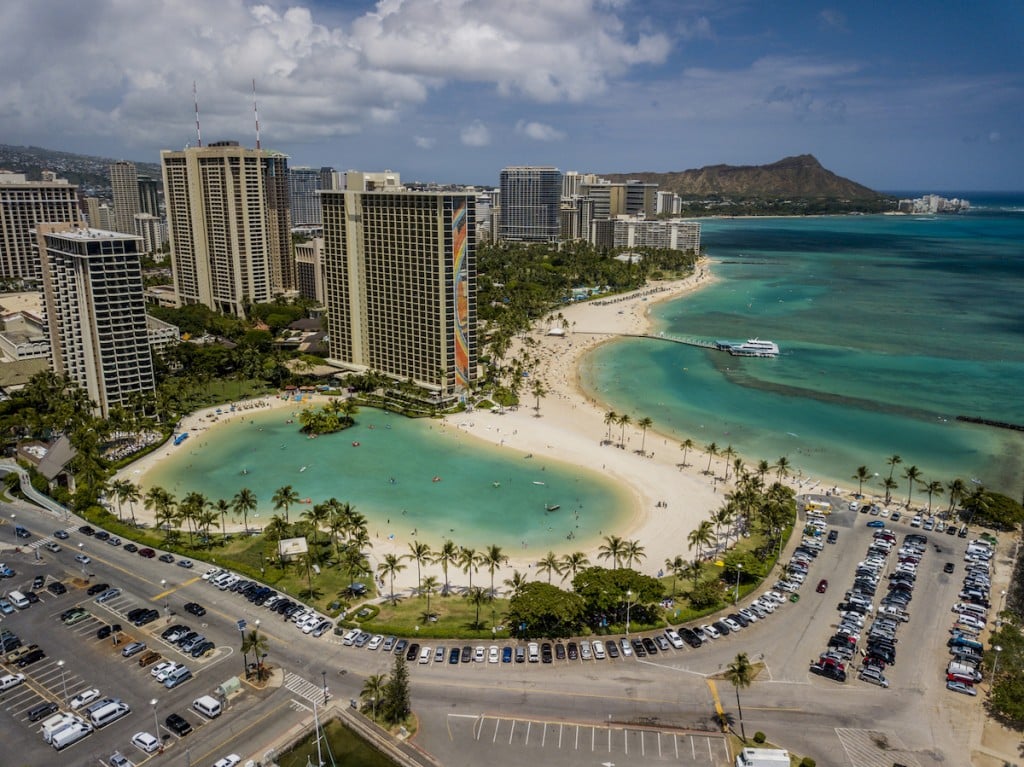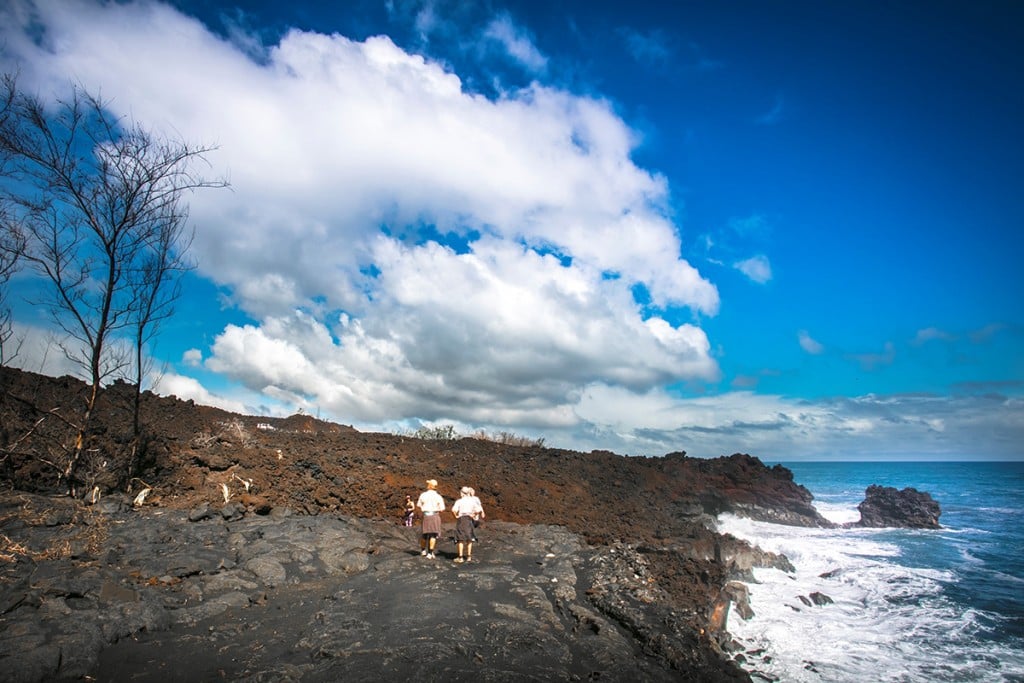7 amazing old photos of popular Hawaii attractions
They're from another era, but still recognizable.

Take a trip back to yesteryear with these photos from the Hawaii State Archive’s photograph collection, and see what has changed and stayed the same in some of Hawaii’s most recognizable places.
1. Front Street, Lahaina

Photo: Hawaii State Archives, circa 1910s.
While the buildings may have changed a bit, most people familiar with Lahaina will recognize Front Street. Before it was moved to Honolulu in 1845, the capitol of the Kingdom of Hawaii was Lahaina. Through the 19th century, it was a commercial destination for whalers seeking paydays from the very lucrative whaling industry.
2. Aloha Tower

Photo: Hawaii State Archives, circa 1940s.
One of Hawaii’s most recognizable landmarks, the Aloha Tower lighthouse opened in 1926 at Pier 9 of Honolulu Harbor. Over the decades, it has greeted thousands of immigrants to Honolulu. When the attack on Pearl Harbor happened on December 7, 1941, Coast Guardsmen were ordered to protect the tower and keep it from being occupied, and it was painted in green and brown camouflage so it would disappear at night.
3. Iolani Palace

Photo: Hawaii State Archives, circa 1900-1929.
The royal residence of the rulers of the Kingdom of Hawaii, beginning with Kamehameha III (1845) and ending with Queen Liliuokalani (1893), Iolani Palace has seen much change in downtown Honolulu. The ornate structure, which is the only royal palace on U.S. soil, was restored and opened to the public as a museum in 1978. This is actually the second incarnation of Iolani Palace; the cornerstone for this building was laid December 31, 1879.
4. The USS Arizona Memorial

Photo: Hawaii State Archives, circa 1960
The USS Arizona Memorial at Pearl Harbor marks the resting place of 1,102 sailors and Marines killed on the USS Arizona during the Japanese attack on Pearl Harbor. In 1950, a temporary memorial was built, but budget constraints during the Korean War prevented its completion. President Dwight D. Eisenhower approved the creation of a National Memorial in 1958, and construction on what most people are familiar with began in 1960.
5. Nuuanu Pali Lookout

Photo: Hawaii State Archives, circa 1910s
It looks nearly the same as it does today, except for that little car. The Nuuanu Pali, long used as a pass over Oahu’s Koolau mountains, is one of those unmistakable locations that many people will recognize immediately. In 1795, it was the site of the Battle of Nuuanu, one of the bloodiest battles in Hawaiian history, in which Kamehameha I conquered the island of Oahu and brought it under his rule. In 1845, the first road was built over the pass—if you look down from today’s lookout, you will see the remains of it.
6. Waikanaloa Wet Cave, Kauai

Photo: Hawaii State Archives
Although this picture doesn’t capture the vivid blue of the water in this popular and easily accessible cave, just off the road leading to Haena Beach park and the Napali Coast’s Kalalau Trail, not much has changed in terms of geology. It’s interesting to note that although this is a sea cave, the water, which is fed from an underground spring, is not salty and always cold.
7. Waimea Canyon

Photo: Hawaii State Archives, circa 1950s
Generations have stood and marveled at the beauty of the “Grand Canyon of the Pacific.” While this is a landmark that makes us glad of the invention of color photography, it’s no less stunning in black and white. Formed by the steady process of erosion, but also by a collapse of the volcano that created the island of Kauai, Waimea Canyon is unique in both geologic history and beauty.


